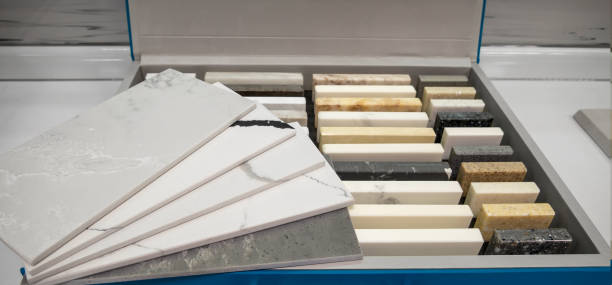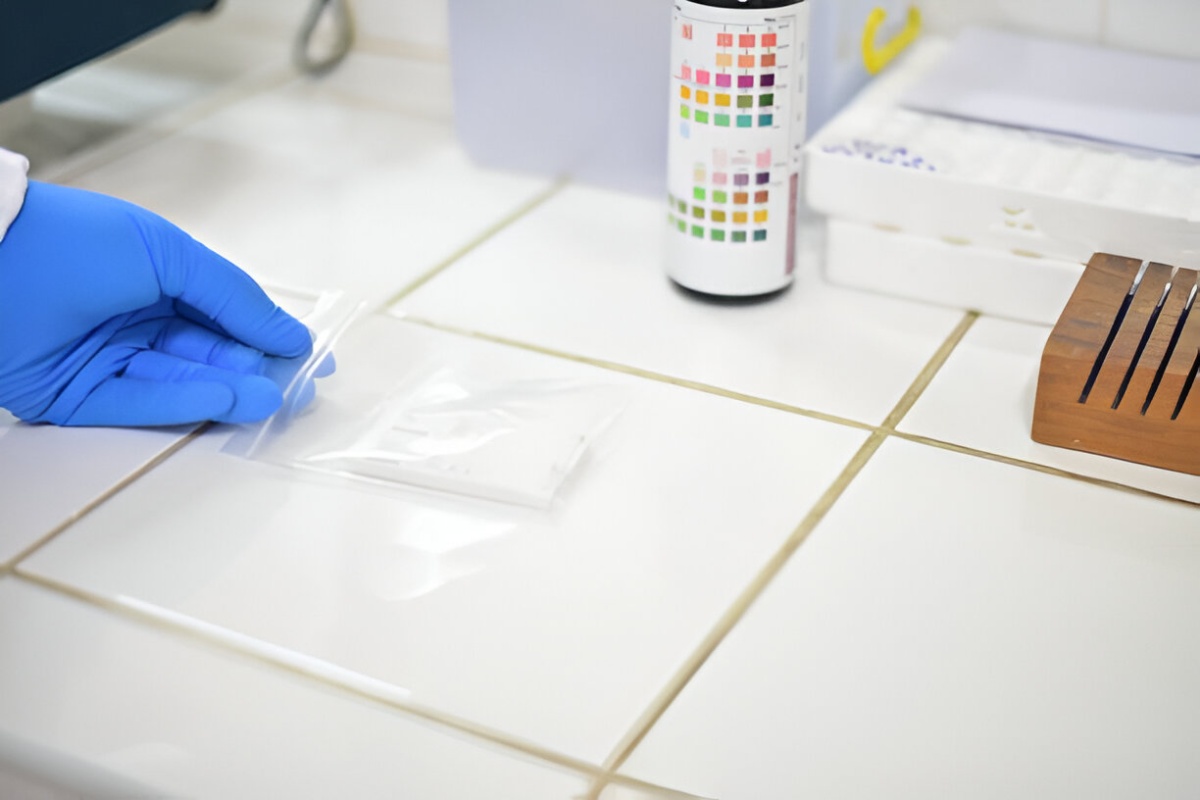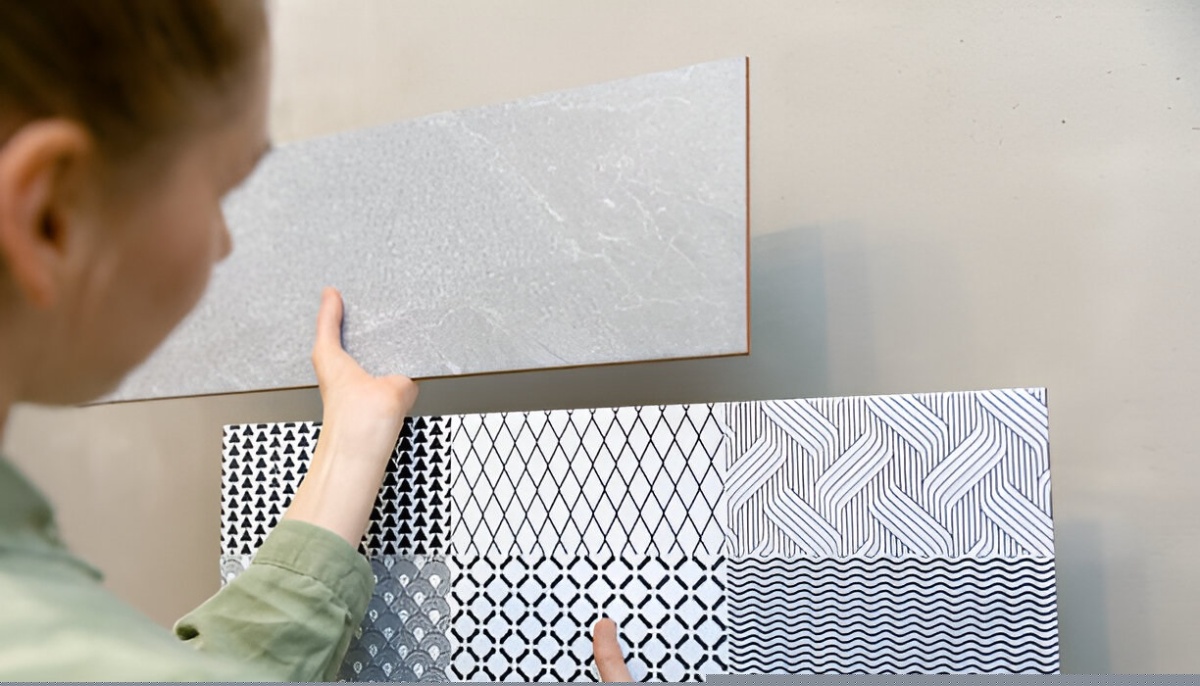Understanding Tile Thickness: Key Considerations for Architects Builders and Exporters
- Home
- Utility
- News & Blogs
- Understanding Tile Thickness: Key Considerations for Architects Builders and Exporters
Understanding Tile Thickness: Key Considerations for Architects Builders and Exporters
In the world of porcelain and ceramic tiles, thickness is more than a technical detail — it plays a crucial role in determining the tile’s performance, durability, and suitability for specific applications. Whether you're designing a space, managing a construction project, or exporting tiles to global markets, understanding tile thickness can make a significant difference.
What is Tile Thickness?
Tile thickness refers to the depth of a tile from its top surface to its bottom base. Most commonly, tiles range between 6mm to 15mm thick, depending on their intended use. The thicker the tile, the stronger and more durable it tends to be.
-
6–8mm: Typically used for interior walls and light-duty applications.
-
8–9mm: Standard thickness for residential floors and walls.
-
10–12mm: Ideal for commercial areas with medium to heavy foot traffic.
-
15mm and above: Suitable for outdoor installations, industrial zones, and large-format tiles.
Why Tile Thickness Matters
1. Durability and Strength
Thicker tiles can withstand greater pressure and impact, making them ideal for areas with high foot traffic or heavy furniture. They are less likely to crack or chip over time.
2. Application Suitability
Each project has different performance needs. A residential bathroom doesn’t need the same tile strength as a hotel lobby. Choosing the right thickness ensures long-term reliability and safety.
3. Installation Factors
Installation practices vary depending on tile thickness. Thicker tiles may require special tools, adhesives, and leveling systems. Misalignment and lippage are more easily avoided with proper thickness selection.
4. Shipping and Export Considerations
For exporters, tile thickness affects weight, packing quantity per pallet, and freight costs. Thicker tiles are heavier, requiring more robust packaging and logistics planning.
Final Thoughts
For architects, builders, and exporters, tile thickness isn’t just a product spec—it’s a performance indicator. Selecting the right thickness ensures safety, longevity, cost efficiency, and client satisfaction.
Understanding tile thickness is key to delivering quality—from design to delivery.






